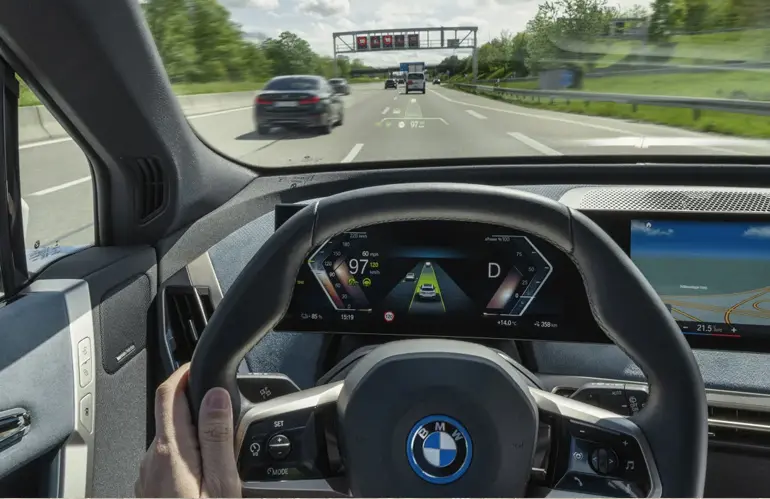If you have been shopping around for a new car, you have most probably come across blind-spot monitoring either on the options list or as a standard feature. If you are still confused about what to make of this car safety technology, we can help you with that.
Table of Contents
While the feature is fantastic, is it really worth spending extra money on?
What is Blind-spot Monitoring?
Your vehicle’s blind spots are the areas that are blocked by the car’s bodywork. These areas have always presented a significant safety hazard to drivers. While you can adjust your side-view mirrors to get a better view of your car’s surroundings, sometimes this view can still be compromised. So many deaths are caused by blind spots each year.
Blind-spot monitoring uses sensors to spot vehicles in the adjacent lanes. The sensors can either be mounted on the side mirrors or the rear bumper. The safety feature looks out for objects, vehicles, or people in the car’s way when reversing. If the sensors detect something, they will sound a warning to you either through a verbal or a visual message.
Over the years, the cost of blind-spot monitoring has significantly gone down. As a result, the safety feature is now available across the market, not just in high-end cars. Ford and Nissan’s cars include safety tech as part of their standard safety technologies. Other automakers like Honda, Toyota, and Hyundai still restrict the feature to higher trim models.
How Does Blind-stop Monitoring Work?
The safety mantra for every conscious driver is ‘Eyes on the road.’ However, there are parts the driver can’t see when they are changing lanes or turning. This is where blind-spot technologies come in. This driver assistance technology keeps a watchful eye on all cars approaching either alongside or behind your vehicle.
In case of approaching danger, a warning sound accompanied by a flashing light on your wing mirror and a light shake or vibration on the steering wheel notify you of potential obstruction. The safety feature also guides you when overtaking. The warning stays active until the obstruction has moved to the front or alongside your vehicle.
Blind-spot monitoring uses something called radar sensors, which in turn use sound waves to identify objects in their surroundings. Some systems go a step further to activate steering or brake controls so that your car can stay in its lane.
Is this Safety Feature Worth Spending Extra Money On?
So, now that you have understood how these systems work, you are probably wondering: Are they worth the additional cost? After all, they are optional on most cars, meaning you will have to decide whether you should incur the additional charge of adding them to your next vehicle.
Well, it depends. There are many things to consider before deciding whether or not to install blind-spot monitoring. A significant factor to take into account would be the size of your car. A case in point, you will want to install the monitors on a minivan or if you are constantly transporting children.
This is because you will have difficulty keeping tabs on every part of your car’s exterior when driving on the highway. You will also need to look at the efficiency of your vehicle’s visibility. For example, you may not need monitors if you have a vehicle with huge windows and perfect visibility.
Finally, it is essential to give the safety monitors an ideal test before ordering them for your next vehicle. Take a car fitted with the monitors for a test drive and see how well you like it. While there are drivers who would never order a car without blind-spot monitors, others believe that because the safety features are often overlooked, they are not worth the extra money. But, even with the monitors installed, remember to practice responsible driving habits.






